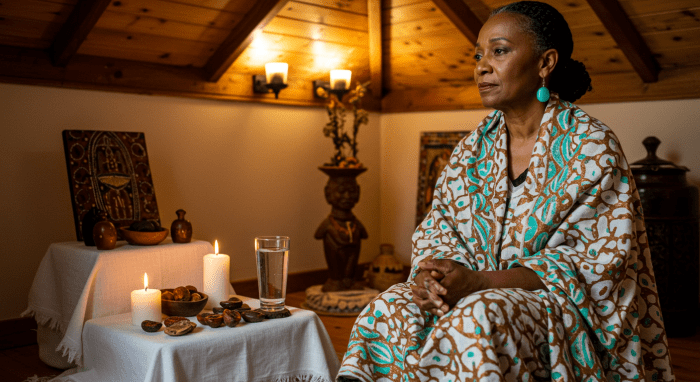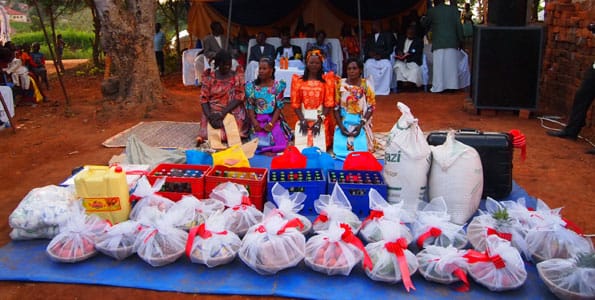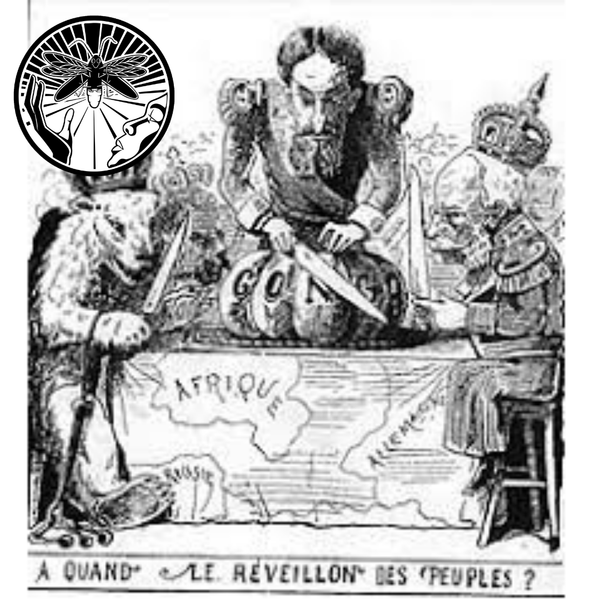Catastrophe in Meritah’s Great Lakes - Part 6: The Spirit of Evil
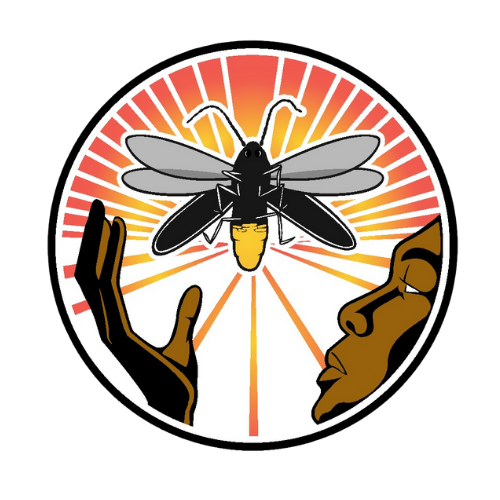
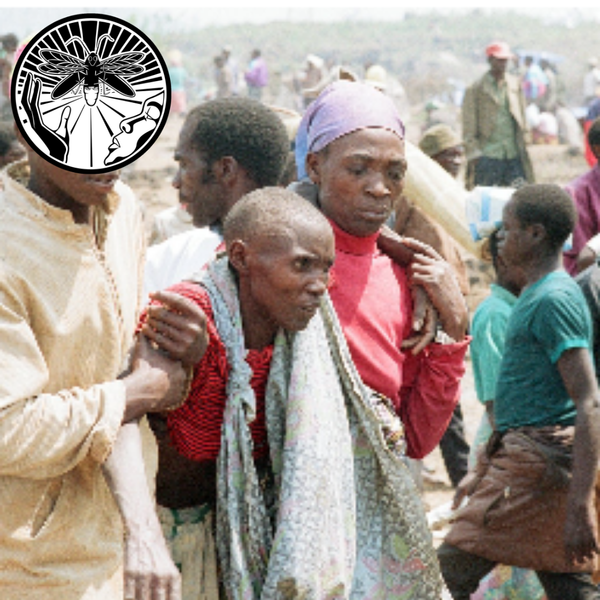
by Kasabez Maakmaah
“You cannot kill the devil. If you succeed in killing the devil, you just proved you are worse than him! So who’s the devil?”
Prophet Neb Naba Lamoussa Morodenibig
The nature of evil is that it does not have a face. It does not have a name. It is everywhere, but no one will find it, but if we look for it, it will find us. When we think we have defeated evil, that is when evil has defeated us.
The Kemetic temples have taught humanity that evil is more powerful than good. This is because there is no limit to what the one who has been conquered by evil can do to achieve his goals. He will lie, cheat, steal, kill or anything else, all while maintaining the illusion in his own mind that he has a good reason. This tendency to make excuses and to always see ourselves as good, regardless of the monstrosity of our actions, makes the human being the favourite territory for evil to conquer.
It is for this reason that, for a very long time, our temples have taught the necessity for each individual to live in constant obsession with being good and avoiding evil behaviour. This required strict discipline and forbidden behaviours, boundaries that were not to be crossed for any reason. For tens of thousands of years, the people of the world have embraced these teachings and humanity has lived in harmony with each other and our environments successfully. Expressions of these values and boundaries can still be seen in indigenous cultures which originally descended from Kemet.
In the last 3000 years, a new ideology has come to prominence. Leaders of this “new world order” took offence to the fact that people would rather die than break their values. These leaders found it inconvenient that the people would not obey when they said “kill” when there were armies to be staffed for wars of conquest to be won. Without armies to impose their will, how would they succeed in dominating humanity?
A human being needs a reason to do anything. Since as far back as anyone can remember, we all know that killing is wrong. Let’s observe that the reason killing is wrong has always had a spiritual basis, with the fundamental principle being that we are held to account for our actions after we die. Since everyone dies, it’s simply preferable to die instead of violating Divine principles and facing the consequences after death. This is the reason for the invention of religions of conquest. These new religions were the first to bring the idea that one could be forgiven for their sins. If we can be forgiven, there’s no reason to obsess about constantly being good. This is why conquering nations always send missionaries first when they are plotting to conquer a people. It is the first and most important way to manipulate a people to betray their spiritual values and turn against each other.
Let’s observe this strategy in play in central Meritah. Catholicism was introduced to the the Kongo Empire by the Portuguese. The beginning of the Trans-Atlantic slave trade follows immediately as the coastal people turn against their inland neighbours. A few hundred years later, Catholicism is introduced in the kingdoms of Rwanda and Burundi. The creation of race and ethnicity to divide the whole population is introduced and 100 years later, millions of people have been killed as these new races fight each other. As spiritual values have been replaced, no territory is taboo. Any act can be justified and any attitude can be excused. Fear, anger, hatred, vengeance, ambition and greed all have fuelled this cycle of violence, corruption and barbarism that have spiraled out of control.
The child of your enemy is also your enemy and even if he is still in the womb, you can kill him to “protect yourself”. You can kill innocent people, you can even kill everyone in a village to make an example that your authority is not to be challenged. These deaths are simply considered casualties of war which invariably accompany progress and development. In this case, the enemy of the conqueror is the culture of the victims, but the victims must be convinced of a different enemy. They must be convinced that the conqueror is their ally in fighting that enemy. This will not be hard to achieve if the conqueror succeeds in educating his victims.
By the 1994 genocide in Rwanda, the populations of Rwanda and Burundi had been convinced of a racial identity given them by their colonisers. Those labelled Tutsi had been convinced of the threat of those labelled Hutu and vice-versa. We have seen in the course of this series how this action-reaction cycle escalated quickly to the tragedies that followed. Two groups of victims kill each other while seeking approval from the one who has conquered them both.
Paul Kagame, president of Rwanda, is one such victim. As a Rwandan Tutsi, he grew up as a refugee in Uganda. His parents fled Rwanda to escape persecution by the Bahutu (Hutu people) who had come into power. His mother would tell him stories of their aristocratic heritage. He dreamt of reconquering Rwanda for the Batutsi (Tutsi people). Ambition for power and a thirst for revenge, a perfect target for evil…
As he realised his ambition of conquering his country on the heels of the genocide, an estimated 2 million Bahutu fled for their lives westward into Zaire (now Democratic Republic of Congo). These refugees settled into massive camps across the border. Amidst the refugees was the exiled Hutu government which organised the genocide and the Rwandan army. Their plan was to regroup and counterattack to retake “their country”. Cross-border raids quickly escalated tensions between the RPF (which was quickly internationally recognised as the legitimate government of Rwanda), and the UN and Zaire who the RPF accused of harbouring the genocidaires. The RPF wanted to invade Zaire but didn’t have the support of the international community. They needed an excuse.
Mobutu Sese Seko had ruled Zaire since 1965. In the history of Congo, Mobutu is almost always referred to as the bad guy. He had allowed the infrastructure and industry of his country to collapse as he stole the money donated by foreign countries and corporations for his personal use. He maintained a grip on power by eliminating all competition and placing people he trusted in power instead of more competent alternatives. Many throughout the country were ready for a change and sought the opportunity for power and wealth that Mobutu had not made available to them. As his health declined, he was showing signs of weakness. However, many took for granted the relative level of peace and stability within much of Zaire during Mobutu’s reign.
The RPF, led by Paul Kagame, plotted to position Rwanda as an ally to Zaire’s “liberation” struggle. They organised a coalition of several African nations who each had their own agenda for supporting the coup, but they still needed a local rebellion to legitimise their interference in another country’s affairs. They brought together a group of 4 Congolese men and told them they were going to lead a rebellion against Mobutu’s government. The Alliance of Democratic Forces for the Liberation of Congo (AFDL) was born, a rebel group with no army.
In the Kemetic schools, we say that “evil jumps”. The spirit of evil that gets into one person leads them to commit evil against another. When the victim in this situation seeks revenge, thinking he is justified, thinking he is the good guy, the evil has simply jumped from the criminal to the victim. The victim turned criminal will create new victims, further fuelling the cycle of violence. The Rwandan Bahutu had just attempted to murder every Batutsi in Rwanda and the killers were taunting them from the other side of the border.
In 1996, the Rwandan army invaded under the pretense of supporting the liberation movement. The invading army chased the Hutu refugees from their camps and about a million of them fled into the jungles of the Congo River Valley. These refugees were chased about 1000 miles through the jungle without food or shelter, by some accounts, looking like the walking dead. Those who fell by the side were left for dead. Encounters with the pursuing RPF army turned into massacres as the RPF reportedly spared nobody, whether elderly, pregnant woman or infant. Just like in Rwanda, the RPF gained ground quickly in Zaire as they chased many of the refugees all the way from Zaire’s eastern border to it’s northern border. It is estimated many tens of thousands were killed by the RPF and at least as many died in ways you might expect during such a sojourn. There is no official count, but just imagine the odds of surviving such a trek and it’s not unthinkable that hundreds of thousands perished.
Laurent Kabila, one of the 4 leaders of the AFDL, was a long time opponent of Mobutu and had led rebellions against him for decades. Before being picked to join the AFDL, he had been living in exile in Tanzania. Once the invasion of Zaire began, he became the spokesman for the AFDL. As the RPF army led their invasion, the AFDL recruited heavily from the young men and children for their own army, offering them a monthly salary worth about 5 times an average month’s rent.
As the RPF and AFDL pushed back Mobutu’s army, they changed the name of the country from Zaire to Congo anywhere it was displayed in public. AFDL occupying forces had the task of eliminating dissent. This was a systematic process of mass murder to terrorise the population into submission. One soldier admitted to being part of a team that was killing one hundred people a day just for one town!
When the invading forces overtook Lubumbashi, which is capital of the Katanga region and considered the mining capital of Zaire, Kabila was met by jets full of corporate executives. Among them were representatives from Goldman Sachs, First Bank of Boston and Anglo American Mining Corporation. A delegation from the US Congress arrived shortly after. These visitors would not be arriving if not to make deals to stake their claims to the economic and political interests in the region abundant with resources.
Consider the following:
1. Paul Kagame began his rebellion immediately after receiving military training in the US and has continued to receive financial support from the US until today as the current president of Rwanda.
2. This same Kagame was not able to get American or international support for their problems with the former Rwandan Army occupying the refugee camps in Zaire until they orchestrated the rebellion against Mobutu.
3. The western powers wasted no time in making deals with the rebel leadership before they even took control of the country.
4. The UN, in all this time, was fully involved at every point where the genocides took place.
Considering the history in the region since the arrival of the colonisers, one may conclude that this entire catastrophe has been orchestrated intentionally by these European and American influences. The soldiers carrying the guns may have been convinced of some noble cause of liberation, justice, security, prosperity, etc. The hands pulling the puppet strings had a much different agenda, one as merciless and self-aggrandising as Congo’s original villain, King Leopold II (see part III of this series for details).
After Mobutu’s surrender in 1997, the Zairians became Congolese overnight. Those Congolese looking for justice found themselves under the yoke of another brutal dictatorship that wasted no time in selling out their country to outsiders. Those Batutsi looking for justice found themselves committing the same evils they had been victims of and are now demonised in Congo as they had previously been in Rwanda. Those child soldiers seeking prosperity for their families may not have seen the end of the war. If they did manage to survive and the bankrupt state was able to pay them as promised, they would be required to oppress and terrorise their neighbours to earn their wage. Can that be considered prosperity? Not long ago, this behaviour would be unthinkable to a human being with pride and values.
This is the spirit of evil at work. Every victim thinking they will use the strategies of their enemy to bring about some good has contributed to this ongoing horror virtually beyond the human ability to imagine. Laurent Kabila, following his rise to presidency, turned against the Rwandans who brought him to power. While proclaiming himself the saviour of the Congolese, he committed all the same evils on his people as the devil he saved them from, if not worse! The same goes for Paul Kagame and his Tutsi army.
Rwanda and Uganda invaded Congo for a second time in 1998. This time their economic motives became clear as they turned their attention to plundering mines and ultimately fighting each other over Congo’s resources. The eastern region of Congo, notably the provinces of North and South Kiva, has suffered the worst. Kabila supplied the desperate local youth with weapons to fight against the Rwandans and their new puppet rebel group, RCD. Instead, these groups, called Mai Mai Militias, turned the guns on their own communities, imitating the terror tactics of invading armies by parasiting on local people, raping women and killing indiscriminately. In many cases, the RCD would massacre local villagers in retaliation for the actions of these militias. Entire villages were massacred and their bodies put on display in graphic scenes fit for a horror movie.
The Kivu regions have historically been more independent of the Congo government, being very far from the capital, Kinshasa. These regions had long been governed by traditional kings and chiefs, the original, legitimate governments of the regions. The conflicts in the region served to undermine the sovereignty of these governments and many of the kings were either killed or fled for their lives and were replaced by leaders picked by the RCD and Rwanda.
The new political ideology has taken root. When the president says kill, you will kill without question. In this land rich with minerals and other resources, the militias fight to control the mines so they can sell gold, diamonds or coltan to buy more weapons to continue the cycle. Under King Leopold, local populations had to be chased, beaten and tortured to force them to obtain resources to send to Europe and the US. One hundred years later, they fight and kill each other to do it. Independence is just another word for neo-colonialism, the new form of colonialism that requires minimal supervision from the coloniser.
Today, root of the conflict is said to be the precious minerals such as the Colton used to make our brand new smart phones. One hundred years ago, commodities such as rubber and coffee were the motive for similar barbarism. This development is not new, but looking at the resources as the reason is shortsighted. We are seeing nothing less than the conquest of humanity by the spirit of evil. Once evil takes hold, any excuse can be used to make sure it continues to gain ground; be it resources, religion, politics, revenge, ambition, greed, whatever. We can see it happening globally. This catastrophe is not isolated or unique, maybe extreme, but we have seen worse in the past 500 years! Yes, we have seen much worse!
In the US, the situation is not far away from this catastrophe. Emancipation is just the new slavery, but instead of opposing the real oppressors, Americans are on the verge of a race war. We can only wish that humanity can learn from history and avoid making the same mistakes. We must question our emotions and desires and consider the real consequences of the actions we are considering by comparing them to these examples in history. This is the only way we can stop the spread of evil before it gets into us and help end the cycle of barbarism that has been conquering humanity.
GOOD MUST RESURRECT!


